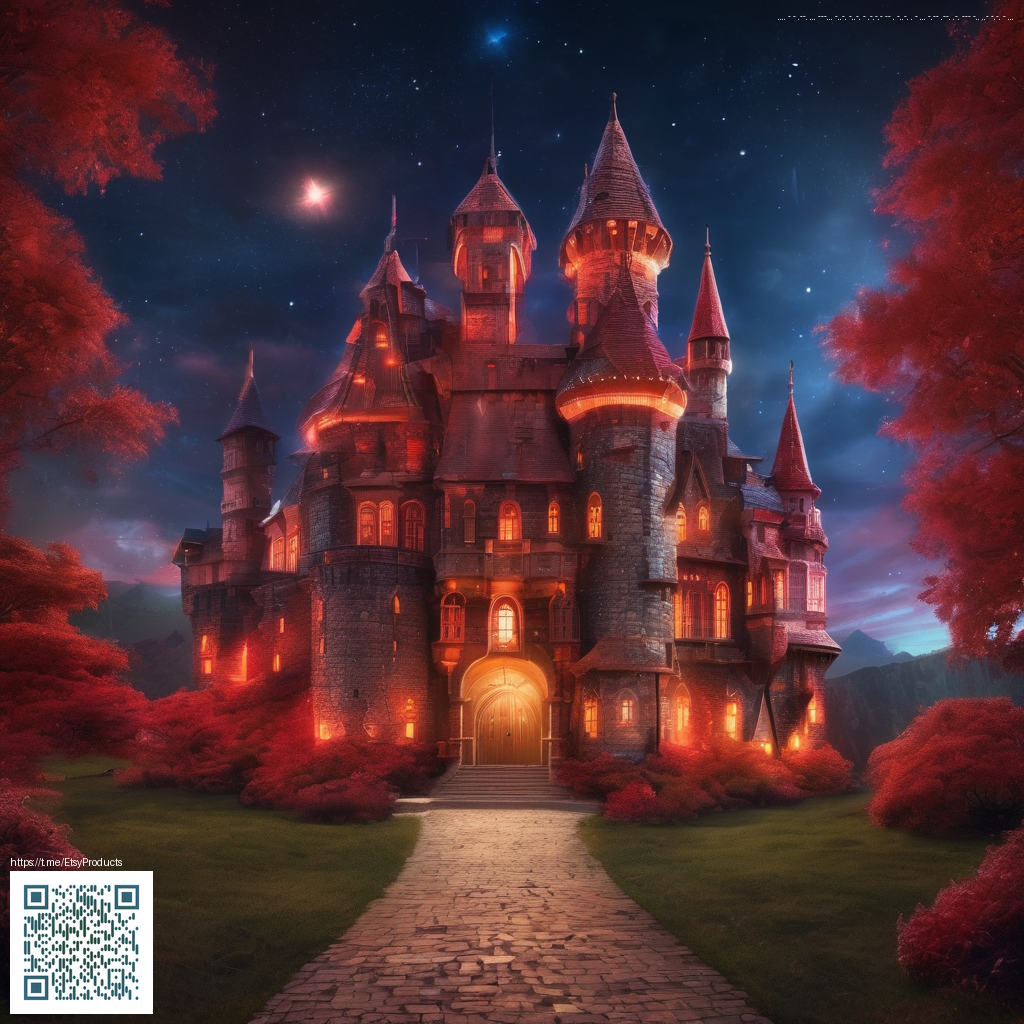
Designing Minecraft Rocket Builds: A Practical Guide
In the world of Minecraft, rockets are more than just blocks; they’re expressions of scale, imagination, and engineering. When you fuse a sleek, aerodynamic silhouette with a bold launch-site story, you create scenes that feel ready to ignite—whether you’re staging a futuristic launch complex, a castle-backed outpost, or a simple test run on a grassy plateau. The trick is balancing form with function: the rocket should look fast, but also read well from a distance and photograph nicely from your favorite angles. 🚀✨
At the heart of every great build are a few steady principles: scale, symmetry, and texture. Start by sketching a silhouette that reads clearly at a block or two away, then layer textures to suggest metal, glass, and insulation. A robust launch pad anchors the scene, giving your rocket a defined platform before liftoff. Lighting matters just as much as shape; choose light sources that enhance the rocket’s lines without washing out contrast. A little glow goes a long way to simulate exhaust without drowning the core composition. 🧱🔭
“In Minecraft, patience and repetition turn a rough sketch into something you can practically launch.” 🧭
Step-by-Step Build Process
- Step 1 — Outline the base: Start with a sturdy ring or pedestal that matches your rocket’s footprint. A circular or square base provides a visual anchor and helps you plan support struts. Keep proportions in mind—your launch pad should look capable of handling liftoff without dominating the skyline. 🧨
- Step 2 — Shape the rocket body: Build up the main fuselage using a consistent color palette and alternating blocks to mimic panels. Consider a tapered nose and a subtle, decorative stripe or window trim to convey character. 🧱
- Step 3 — Add fins and stability: Attach fins with symmetry to give the model a sense of performance and balance. Small bevels or corner blocks can simulate rivets and seams that your audience will notice when you zoom in for screenshots. 🪛
- Step 4 — Detail the midsection: Introduce texture with capstones, slabs, and glass panes to hint at fuel tanks, instrumentation, and crew access. A couple of banners or color accents can hint at faction branding or mission type. 🎨
- Step 5 — Create the launch pad environment: Build rails, catwalks, and a support tower. Integrate ladders or trapdoors for accessibility, and frame the rocket against a tidy surface so it remains legible in photos. 🌌
- Step 6 — Polish and test visually: Step back, inspect silhouettes, and adjust lighting to highlight the rocket’s profile. A few soft shadows can add depth, while a bright accent glow suggests engine heat without overpowering the scene. 🕶️
Blueprints: Three Signature Approaches
- Neon Orbit: A sleek, chrome-white body with electric blue accents and glass-fiber fins. This look is ideal for modern, space-age bases and looks dramatic in night scenes when illuminated from the sides. Tip: pair with blue glass panes for crisp highlights. 🚀💡
- Desert Shuttle: Earthy tones and sandstone textures create a rugged, frontier vibe. Cast shadows across the base to emphasize weathering, and use banners to symbolize a mission flag. 🏜️
- Castle-Top Launcher: Merge medieval aesthetics with sci‑fi tech by combining stone bricks, iron bars, and glowstone accents. This fusion feels cinematic on a hilltop or castle rampart. 🏰✨
Materials, Scale, and Maintenance
- Choose a coherent color palette that communicates function—cool metallics for the engine area, warm tones for the hull, and a contrasting accent color for branding.
- Think in layers: a solid core body, a textured midsection, and a fin system that reads clearly from afar. Balance is essential; too much detail near the top can overwhelm the silhouette.
- Use functional blocks to evoke mechanisms (pistons for launch pads, ladders for access, glass panes for viewing ports). The right blocks sell the story without needing lengthy explanations. 🧪
- Keep your builds tidy on smaller screens—scaling matters in photography and sharing. A clean, legible rocket is often more impressive than a cluttered, over-detailed one. 🧽
Photography, Sharing, and Community Feedback
Documentation matters as much as design. When you stage a launch, think about clean backdrops, dynamic angles, and a sense of motion even in a still image. Use rim lighting to set the rocket apart from the launch pad, and shoot a few close‑ups to reveal texture and craftsmanship. For creators who document progress on the go, a sturdy stand or grip can make a big difference. Pro tip: capture short timelapses of the liftoff sequence to showcase your process to friends and followers. 🚀📷
As you experiment with different themes, you’ll appreciate a convenient accessory that keeps your device steady during recording and tapping. The Phone Grip Click-On Personal Phone Holder Kickstand is a handy companion for long build sessions (you can explore it here: Phone Grip Click-On Personal Phone Holder Kickstand). It helps you document every stage—from rough sketched blocks to final rocket glory—without zapping your energy or focus. If you’re curious about related ideas, this related page offers additional context and inspiration: Related Minecraft Rocket Builds guide.